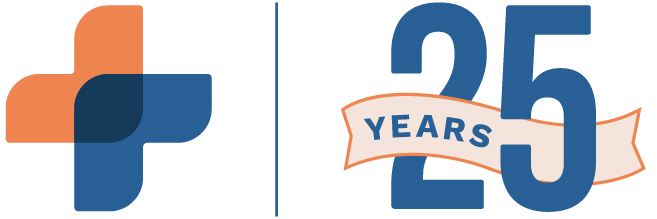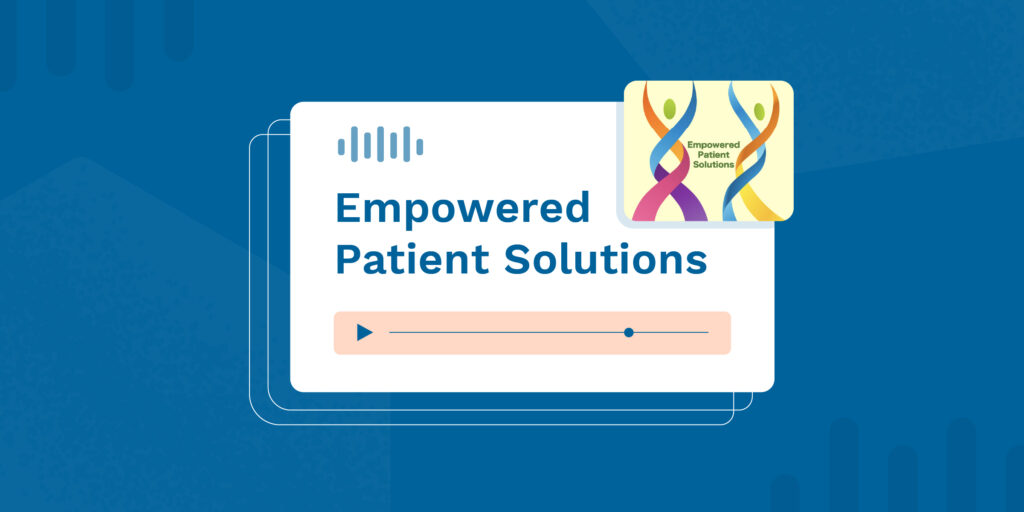Burnout affects the physical and mental well-being of employees. It also has a lasting impact on patient care and the efficiency of the healthcare system. Fortunately, technology is increasingly recognized as a solution to many of these challenges.
Stress and burnout are growing issues in healthcare, particularly in today’s post-COVID-19 environment. According to the Centers for Disease Control and Prevention (CDC), 46% of healthcare workers reported feeling burned out often in 2022 (versus 32% in 2018). Providers and administrative staff face changing demands and responsibilities in a dynamic environment. Managing patient health, navigating complex workflows, and addressing administrative tasks are just some of the daily responsibilities they have to juggle.
Burnout affects the physical and mental well-being of employees. It also has a lasting impact on patient care and the efficiency of the healthcare system. Fortunately, technology is increasingly recognized as a solution to many of these challenges. It offers tools to support decision-making, reduce administrative burden, and improve communication. In this article, we’ll take a closer look at the root causes of burnout and ways technology can help address them.
What Causes Burnout in Healthcare Workers?
At a global level, healthcare is still reeling from the effects of the COVID-19 pandemic. Surges of patients and longer working hours have become commonplace. However, there are other factors that affect ambulatory care practices in particular.
1. Heavy Administrative Burdens
Tasks such as updating electronic health records (EHRs), handling billing, and ensuring regulatory compliance often take up a disproportionate amount of time for healthcare workers. Research indicates that physicians spend 15.5 hours a week on paperwork and administration (on average). These tasks reduce the time available for providers to work directly with patients, which is often the most rewarding aspect of their roles.
A recent survey by Medscape found that physicians cited professional stress and bureaucratic tasks as the primary causes of burnout and depression. The heavy paperwork burden can overwhelm even the most dedicated professionals.
2. Long, Unpredictable Days
The healthcare environment is only predictable in that it is unpredictable. Healthcare workers face extended hours, emergencies, and the constant push to adapt to new situations. This high level of unpredictability makes it challenging to achieve any sort of work-life balance, which contributes to physical and emotional exhaustion.
Additionally, many practices experience understaffing. Healthcare workers are left to take on additional responsibilities to fill in the gaps. As a result of an unrelenting workload, there is little opportunity for rest or recovery.
3. Challenging Communication
As important as communication is in healthcare, it’s often a significant pain point. Common challenges include miscommunication between staff, delays in sharing critical patient information, and a lack of integrated communications systems. These burdens lead to frustration and inefficiencies. The gaps in communication can also cause errors, ineffective patient care, and heightened stress on staff. Clear, efficient communication is essential for seamless operations and reducing the strain on healthcare workers.
How Technology Can Help Healthcare Workers Succeed
The solutions provided by healthcare technology help create a more supportive environment for healthcare workers and patients in a variety of ways.
1. Streamlining Tasks and Increasing Efficiency
Healthcare technology that leverages automation can help reduce the administrative burden on staff. For example, EHR systems can automate patient scheduling, insurance verification, and prescription refills. This gives healthcare workers time to spend with patients and on other value-added activities.
Analytics-driven platforms provide actionable insights into practice operations. This information can be used to identify inefficiencies and optimize workflows. For example, an analytics platform could identify a high rate of no-shows during afternoon appointments. The practice could implement strategies to address this issue, such as automated appointment reminders, text confirmations, and rescheduling options. These insights help staff optimize operations.
2. Improved Communication
Integrated communication platforms are transforming collaboration in healthcare. Secure messaging systems and video conferencing tools allow staff, providers, and patients to connect seamlessly. Cloud-based, mobile-friendly technology allows access to schedules, records, insurance information, and more from anywhere at any time.
These tools give providers the much-needed flexibility to access patient data, consult with relevant parties, and update care plans on the go. Healthcare workers can manage their responsibilities effectively without being tied down to a specific workstation or practice location.
3. Decision-Support Tools
Health tech tools help drive more informed decision-making. For example, the integration of data analytics and artificial intelligence (AI) in decision-support systems provides evidence-based recommendations and can help identify potential diagnoses or relevant trends in patient data. For example, DeepMind—Google’s AI research lab—can predict an acute kidney injury 48 hours before it occurs. In the future, providers will increasingly be able to use information like this to intervene proactively and avoid severe complications.
This support alleviates the mental burden on healthcare workers. The tools provide the data and insights to make decisions quickly and confidently. In a system where high-stakes decisions are made on a near-constant basis, this reduction in mental strain is valuable.
4. Telehealth for Streamlined Patient Care
Since COVID-19, telehealth platforms have become an integral aspect of how healthcare is delivered. Virtual healthcare is well known for providing patients flexibility and accessibility. It allows for improved management of patient follow-ups and chronic conditions, achieving better patient outcomes. However, it also provides benefits for healthcare workers. They can see more patients with reduced wait times and reach a wider patient population.
Investing in the Well-Being of Healthcare Workers
As the demands on healthcare workers continue to grow, so does the need for innovative solutions to support them. Healthcare technology plays a critical role in reducing burnout by automating tasks, enhancing communication, and providing decision-making support. It helps create a more sustainable work environment for healthcare workers, rooted in support and collaboration.
At RXNT, we design healthcare technology that’s more than a technical upgrade. Instead, it’s an investment in the well-being of healthcare professionals and the patients they care for. Learn more about our solutions and how they can support your practice.






